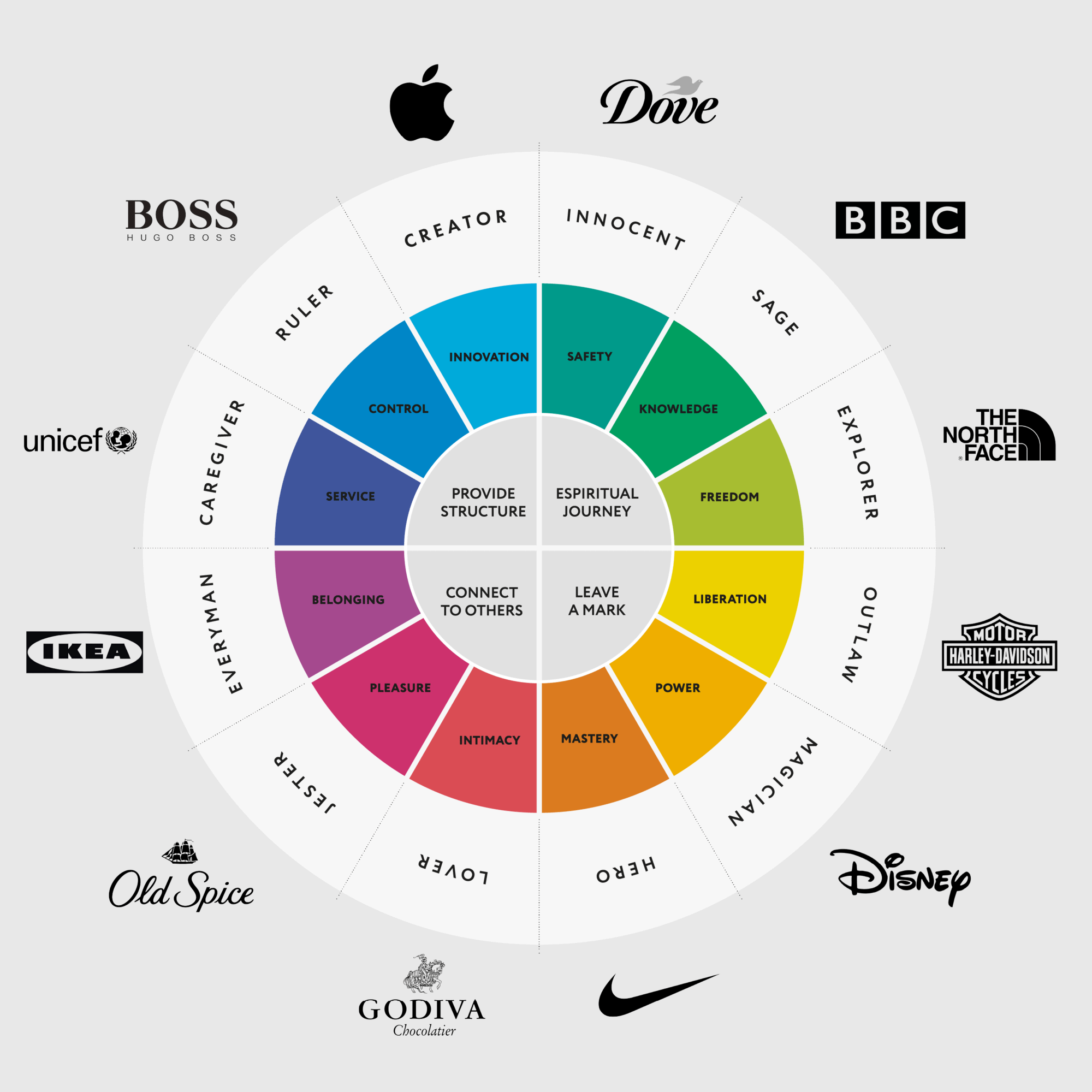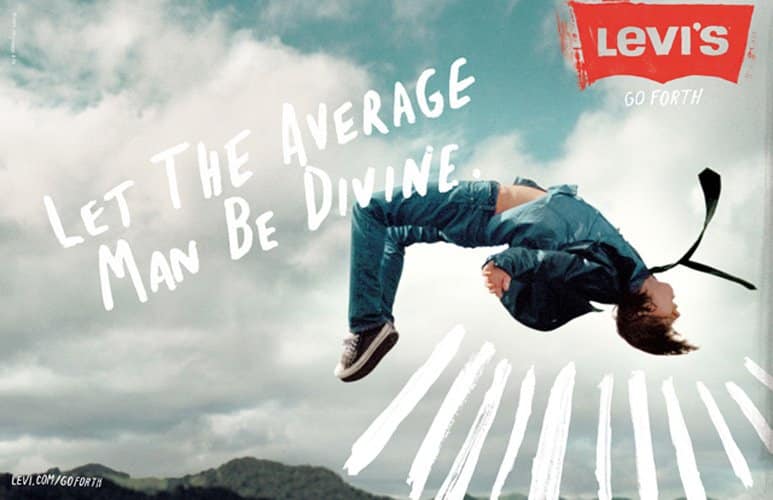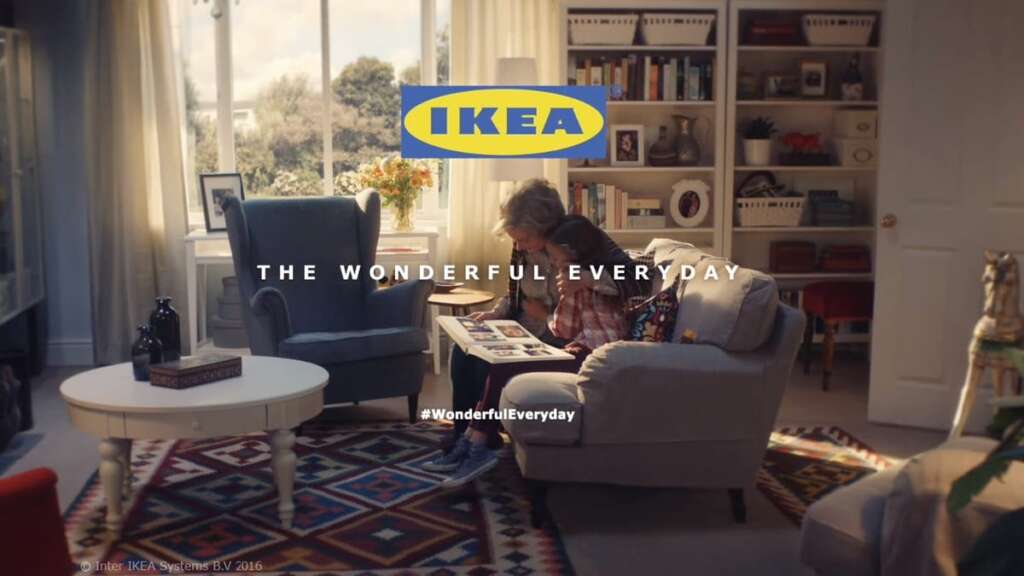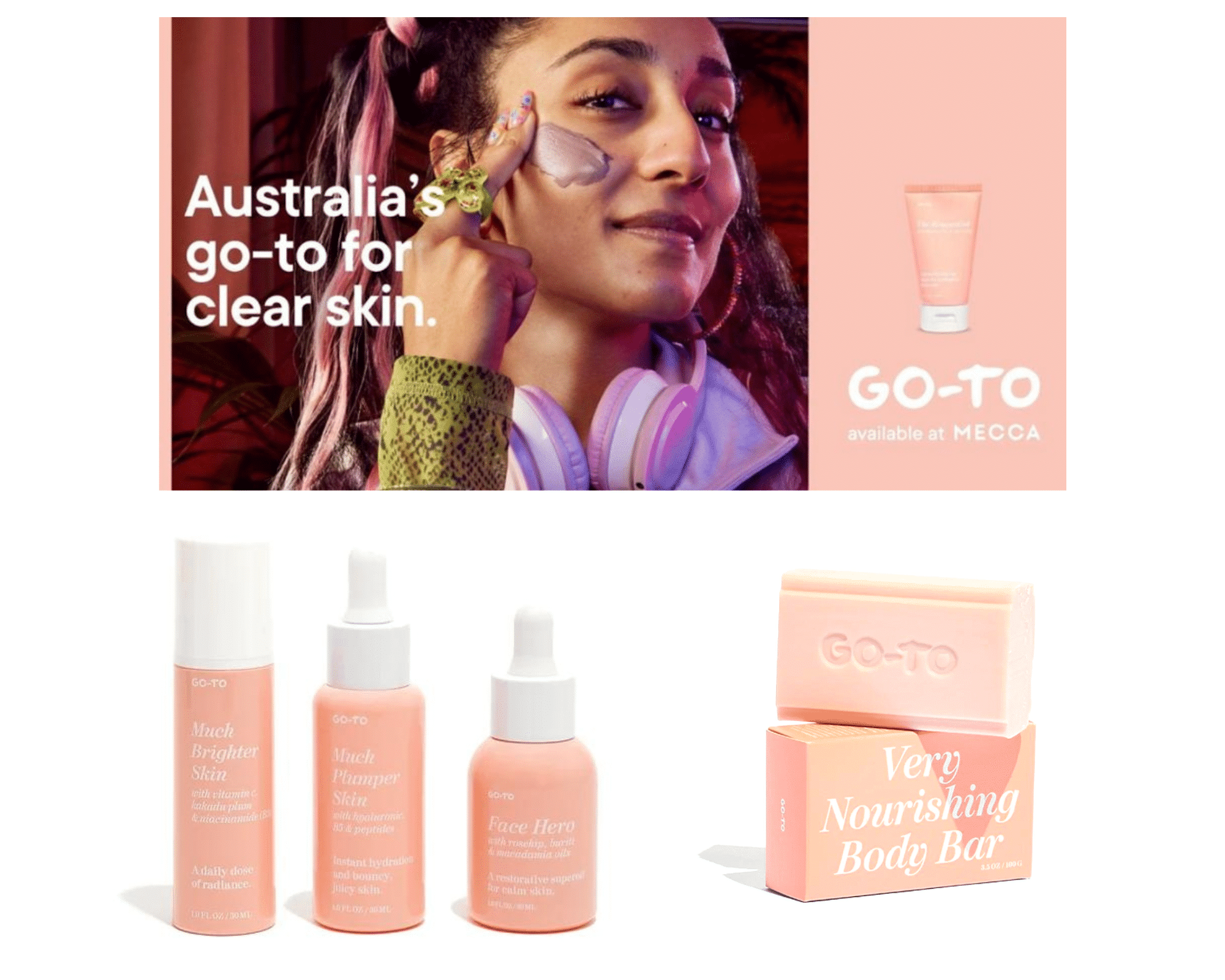In today’s mini-workshop taken from the Ecommerce Growth Engine course, we’re going to be exploring brand strategy. Hopefully you’ve already defined your target market, and you’ve developed a business differentiation strategy. If you have, you’re already ahead of most ecommerce businesses. But now it’s time to take your strategic direction to another level by developing your brand. And if you get this right, this could be an absolute game changer and help your brand truly stand out and resonate with your target market. This will make it an order of magnitude easier to get sales, lift up your profit margins, and improve customer loyalty and satisfaction.
Start watching the video below to learn everything you need to know about Brand Strategy:
**Templates Mentioned in Video**
A brand strategy extends beyond attractive logos and catchy taglines—it lies at the core of your business identity. Your brand strategy encompasses who you are, how you think, feel, and act, and how these aspects are conveyed to your audience. It is the personality of your brand that sets you apart in the crowded digital market, engaging your audience in a way that’s authentic and memorable.
For your business to stand out and attract customers willing to pay premium prices, you need to be unique, different, and better in a way that matters to your target market. Without a compelling differentiation strategy, e-commerce businesses often find themselves struggling to convert prospects into customers, leading to low conversion rates and meagre profits.
By effectively communicating the answers to these questions through your marketing and website, you create a brand strategy that allows you to stand out from the crowd. But to truly stand out, an extra step is required…
Have you noticed that there are some brands with which you connect more than others?
Perhaps you feel a certain affinity, maybe even a loyalty that you just can’t explain. Often it’s because they’re using another type of differentiator. One that has nothing to do with their product, quality, performance, money back guarantee, or any other specific feature or benefit that they offer. At the risk of sounding overly dramatic, they’ve managed to hack your mind by leveraging the science of brand archetypes.
We all have a set of basic human drives, that motivate our behavior. Including liberation, power, mastery, intimacy, enjoyment, belonging, service, control, innovation, safety, understanding, and freedom. Brand archetypes tap into these human drives.These drives vary among individuals, and certain personality types align more with certain drives.
Personality types will appeal more to us, if they align with our core drives. For example, if safety is extremely important to me, I might resonate more with an honest, innocent, kind personality type.. On the other hand, if I’m into liberation and freedom, I might be drawn to a more carefree, free spirited kind of personality.
What does this all mean for marketing?
Well it means this…
If you want to resonate with your target market, your brand needs to embody a personality type that aligns with their unique drives. And when you do, you won’t just be a commodity, you’ll actually create a far deeper connection with your customers.
So in fact, this is what I would call the heart and the secret of real branding. Branding isn’t about your logo or colour scheme, or your website design. Those are important expressions, so to speak, of your brand. But your brand itself runs much deeper. It’s about who you are.
In their bestseller, “The Hero and the Outlaw,” Margaret Mark and Carol Pearson explain that “archetypes are the heartbeat of a brand, because they convey a meaning that make customers relate to a product as if it were actually alive in some way. They have a relationship with it, and they care about it.”
Carl Jung, the renowned Swiss psychiatrist and former student of Sigmund Freud, identified 12 universal personality archetypes that reside in our collective unconscious. They reflect the range of basic human drives and each of us tends to have one archetype that dominates our personality. The brand archetypes wheel is based on Jung’s 12 archetypes.

Have a look at it and ask yourself, which archetype resonates most with you personally
Let’s delve into these 12 archetypes, exploring a few in-depth with relatable examples.
1. The Jester Archetype
The Jester archetype is driven by pleasure, fun, and enjoyment. They want to have a great time, and they want to lighten others up too. Which is why you’ll find them playing, joking around and generally, being funny. Think Jim Carrey, for example, or Adam Sandler.
By way of example, from a business perspective, think of Old Spice. If you’ve ever seen their commercials, you’ll know exactly what I mean.
The Dollar Shave Club is one of the best examples of leveraging The Jester in their marketing. They embodied it so well, that their very first video ad went viral and launched them onto the trajectory to becoming a billion dollar company
2. The Creator Archetype
Known alternatively as the Artist, the Creator archetype is driven by the desire to innovate and express their unique talent. They want to create something of value, that didn’t exist previously. They have this deep need to express their unique talent in order to bring a vision to life.
This archetype is really popular among art, design, technology, and marketing brands. Their products and services really empower their customers to be creative. They foster their imagination and self-expression by celebrating the creative process.
The ad that launched Apple’s classic “Think Different” campaign, it’s a great way to start to really understand what this archetype is all about.
3. The Everyman Archetype
The Everyman archetype values a sense of belonging, treating everyone with dignity and respect. Brands that embody this archetype, like Ikea and Levi’s, relate to everyday activities and aim to make people feel accepted and a part of the community.
Let’s look at another one. And that is the every man archetype, or every person to be more accurate. This personality has a deep desire to belong. They don’t seek attention, they’re not trying to stand out, they’re just friendly, honest, humble, relatable, genuine people who want to be part of the group, like everyone else. And in wanting to get along with others, they treat everyone with dignity and respect.
This archetype, is often used by brands that relate to, everyday activities like home or family life. And through honest, humble, friendly, and down to earth communication that doesn’t exclude, these brands can make people feel a sense of belonging and acceptance. This Levi’s ad is a great example of that.

Another illustration of this is IKEA, with their Wonderful Everyday campaign.

Moving forward to cover all archetypes briefly, we have:
4. The Innocent Archetype
The Innocent seeks safety, purity, and happiness. Dove powerfully embodies this archetype, promoting the beauty in everyone.
5. The Sage Archetype
The Sage archetype seeks knowledge and wisdom, aiming to understand and share understanding with the world. Brands like the BBC embody this archetype.
6. The Explorer Archetype
Driven by the desire for freedom and self-discovery, the Explorer archetype pushes boundaries. Brands like Patagonia embody this adventurous archetype.
7. The Outlaw Archetype
Yearning for liberation and revolution, the Outlaw archetype despises conformity. Harley Davidson is a classic example of this archetype.
8. The Magician Archetype
Desiring the power to transform, the Magician archetype uses mystical means to take people on transformative journeys. Disney is a brand that represents this archetype.
9. The Hero Archetype
The Hero archetype desires to master a skill to improve the world. Nike perfectly embodies this archetype, inspiring courage and determination.
10. The Lover Archetype
The Lover archetype desires intimacy and closeness, striving to be loved by those around them. Victoria’s Secret is a perfect example of this archetype.
11. The Caregiver Archetype
The Caregiver archetype aims to serve, protect, and care for others. Brands like Tom’s Shoes embody this archetype.
12. The Ruler Archetype
Desiring control and prosperity, the Ruler archetype is authoritative and dominant. Brands like Rolex watches embody this archetype.
Understanding the twelve brand archetypes is just the first step. Your task is to map your brand’s archetype, establishing a clear outlook, unique tone of voice, and visual identity. This full-fledged personality will help your brand connect with authenticity and humanity.
There are 6 crucial components to building a brand personality that will connect with your customers on a deeper level
The foundation of any robust brand begins with defining your brand archetype. So considering your target market and what drives them, which archetype would resonate most strongly with them? And to help you bring this to life, see if you can identify which Hollywood actor, best embodies your personality.
What impact do you want to have on your customers and the world? Clarifying your why is critical to helping people understand your brand’s underlying mission. When customers feel that your brand is about more than making money, when they feel that it aligns with a more meaningful purpose, you are much more likely to foster a deep loyalty and connection. People want to align with brands that stand for something and that means something to them. An example is Patagonia, an outdoor clothing company, which boldly states its purpose as “saving our home planet.” This purpose acts as a beacon, guiding all their operations and decisions.
An integral part of your brand identity is the set of values it embodies. These values act as a compass, guiding your brand toward its purpose, and dictating how your brand thinks, acts, and interacts with customers. Upholding these values consistently across all operations fosters trust and brand advocacy. For instance, Patagonia’s brand values encompass building the best product, causing no unnecessary harm to the environment, protecting nature through business, and challenging conventions.
So…what attitudes and behaviours will underpin how you operate? How will your brand think and act with customers, and even within your own business? Is there a person you can think of who embodies the kinds of values you want within your company?
Using Patagonia again as an example, they’ve got really clear brand values. One being building the best product. Two is causing no unnecessary harm, especially to the environment. Three is using the business to protect nature. And four is not being bound by convention. These brand values resonate really strongly with their customers to the point of ONLY buying from Patagonia for their outdoor clothing.
Your communication style is key to an authentic aligned brand personality. Considering the archetype that resonates best with your customers, what kind of tone and words, would best express that personality? A distinctive and authentic brand voice can set your brand apart from competitors, making it stand out in the crowd.
A famous example of using a unique and interesting tone of voice to great effect is CD Baby.
Back in 1998, when Derek Sivers started CD Baby, their order confirmation email was the regular: “Your order has shipped today. Thank you for your business.”
But for Derek, this generic email felt incongruent with CD Baby’s mission of putting smiles on faces. So he spent 20 minutes writing up the following:
“Your CD has been gently taken from our CD Baby shelves with sterilized contamination-free gloves and placed onto a satin pillow.
A team of 50 employees inspected your CD and polished it to make sure it was in the best possible condition before mailing.
Our packing specialist from Japan lit a candle and a hush fell over the crowd as he put your CD into the finest gold-lined box that money can buy.
We all had a wonderful celebration afterwards and the whole party marched down the street to the post office where the entire town of Portland waved “Bon Voyage!” to your package, on its way to you, in our private CD Baby jet on this day, Friday, June 6th.
I hope you had a wonderful time shopping at CD Baby. We sure did. Your picture is on our wall as “Customer of the Year.” We’re all exhausted but can’t wait for you to come back to CDBABY.COM!!”
Not only did it succeed in putting smiles on faces, people loved it so much they forwarded it to friends, and shared it on forums and personal blogs.
In Derek’s words: “That one goofy email created thousands of new customers.”
Translating your brand’s personality into something tangible and visually appealing is a critical step. Your brand’s visual identity – encompassing elements like typography, logo, color palette, image style, and graphic design – gives concrete form to your brand’s ethos. Brands that align their visual identity with their brand voice and values create a cohesive and compelling brand image.
Take the skincare brand called Go-To. They align with the innocent archetype that we talked about earlier. But it’s not just their approach to skincare that differentiates them, it’s actually their brand voice, their personality, and importantly their visual identity.

Pay attention to Go-To’s visual identity. Their limited colour palette, minimal designs, uncomplicated product line, easy to understand copy all speak to this idea of simple is better, which aligns with that whole innocent archetype. It’s a very deliberate strategy. And it works!
The final component in constructing a solid brand is your brand story and messaging. What are you going to say to ensure your target market understands your persona and positions your brand correctly in their mind? And how might you express this in an engaging story?
One of the most powerful story frameworks was, and still is is called The Hero’s Journey. It’s a framework that is used throughout the most famous stories in human history – from biblical Moses to, Luke Skywalker in “Star Wars.” It was developed by Joseph Campbell, in his book called “The Hero’s Journey.”
And what he explained is the most engaging stories, follow a certain narrative. It starts in what he calls the existing world. This is where you ask the question, how does your target market live their lives right now?
Then it moves to the some sort of obstacle. What’s the problem that your target market is currently facing? And then there needs to be a call to action. And in the movies there’s often some sort of final straw that leads to action. What’s the final straw for your customers?
And then there’s a guide. Who’s going to help them on their journey to solve their big problem? That’s where your company’s product or service comes in.
And then, there’s often a challenge. What is standing in the way of their success? What are the roadblocks?
Then finally, there’s the transformation phase. And that’s all about, how they’ll change through success (by using your product or service).
If you can articulate the hero’s journey, or the customer’s journey in a powerful way, it’s a very powerful way of expressing your key messages.
To give you an example of using the hero’s journey in marketing
This whimsical and unconventional Kia commercial is an great example of the hero’s encounter with a guide.
A beige man in a beige house is looking for his beige socks. His wife urges him to “check the walk-in closet.” He meets the inimitable Christopher Walken, who is patiently waiting in the “Walken closet”. Here he urges our protagonist to rethink his beige choices and try something a little more exciting. He then guides him through a doorway we find a sparkly new Kia Optima and hands him the keys. The suggestion subtly lingers that our protagonist will at some point return to his every day existence, but not without the revelation of experiencing an exhilirating car (though one could argue this ad is wasted on a Kia).
And now it’s time to really put it all into work. Once you’ve mapped out your personality in detail in your growth plan template, you need to put it to work. You do that by applying those six components, that we just worked through, to every touchpoint in your customer journey. From, your website and packaging, to your social media, to your sales process. Literally every interaction a customer has with you, should feel that brand personality coming through.
By the way, in case you’re wondering which brand personality, Digital Autopilot aligns with, we’re hellbent on supporting the average Aussie business owner, who’s trying to grow their business, and attain prosperity for themselves and their family. And we do it with down to earth honesty and genuine care, which means, we’re here for every man or every business, if you want to be more accurate.
💰 If you’re interested in learning how to grow your eCommerce business, then sign up for our free Ecommerce Growth Engine video training series here: https://bit.ly/3SHfCbj
If you need help finding your target market and building a cohesive marketing strategy, get a no strings attached 30 min digital marketing strategy session here.